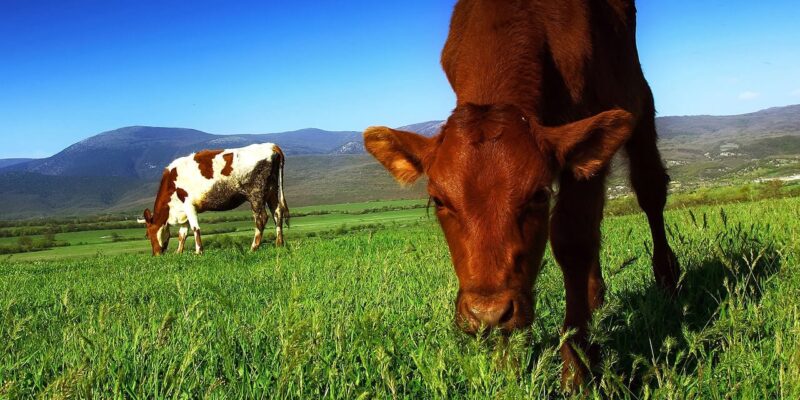The grass-fed beef industry has been gaining significant traction in recent years, driven by consumer demand for more sustainable and healthier meat options. This shift represents a return to traditional farming practices that prioritize animal welfare and environmental stewardship.
Understanding Grass-Fed vs. Grain-Fed Beef
To appreciate the rise of grass-fed beef, it’s crucial to understand the distinction between grass-fed and grain-fed cattle:
- Grass-fed beef: Cattle that have eaten grass at some point in their lives, but may have also been fed grain.
- Grass-finished beef: Cattle that have exclusively eaten grass and forage throughout their entire lives.
It’s important to note that over 98% of beef consumed in Canada is grain-fed, making truly grass-fed and grass-finished beef a specialty product.
Benefits of Grass-Fed Beef
Grass-fed beef offers several advantages over its grain-fed counterpart:
- Nutritional Profile: Grass-fed beef is typically:20% lower in calories
- Environmental Impact: Grass-fed cattle farming often aligns with more sustainable and regenerative agricultural practices.
- Animal Welfare: Grass-fed cattle generally lead more natural lifestyles, spending more time in pastures.
The Canadian Grass-Fed Beef Market
The demand for grass-fed beef in Canada is growing, with several key players emerging in the market:
- Papa Earth: Offers 100% grass-fed, grass-finished, organic, and free-range beef. They source primarily from Harley Farms (Keene, ON) and Trick’s Creek Farm (Clinton, ON).
- Butcher Box Canada: A subscription-based service that sources grass-fed beef from local Canadian farmers.
- Hank’s Grass Fed Beef: Provides 100% Canadian, grass-fed sustainable beef from British Columbia.
- Gemstone Grass Fed Beef: Raises cattle using regenerative farming practices in Alberta, offering dry-aged beef for enhanced flavor.
Industry Shifts
Major food industry players are also recognizing the importance of grass-fed beef:
- A&W Canada: In early 2024, A&W announced its initiative to source 100% grass-fed beef raised in Canada, transitioning away from international sources.
Challenges and Considerations
While the grass-fed beef industry is growing, it faces several challenges:
- Price: Grass-fed beef is generally more expensive than conventional grain-fed beef.
- Supply: Meeting increasing demand while maintaining quality and sustainability standards can be challenging.
- Consumer Education: There’s a need for clearer labeling and consumer education about the differences between grass-fed and grain-fed beef.
The Future of Grass-Fed Beef in Canada
The grass-fed beef industry in Canada shows promising growth potential. As consumers become more conscious about their food choices, the demand for sustainably raised, healthier meat options is likely to increase. This trend could lead to more farmers transitioning to grass-fed production methods, potentially reshaping the Canadian beef industry.
For those interested in exploring grass-fed beef options, Papa Earth’s grass-fed beef page offers comprehensive information on their sourcing and production methods.
As the industry evolves, it will be crucial for consumers, farmers, and policymakers to work together to ensure the sustainable growth of the grass-fed beef sector, balancing environmental concerns, animal welfare, and economic viability.














Comments